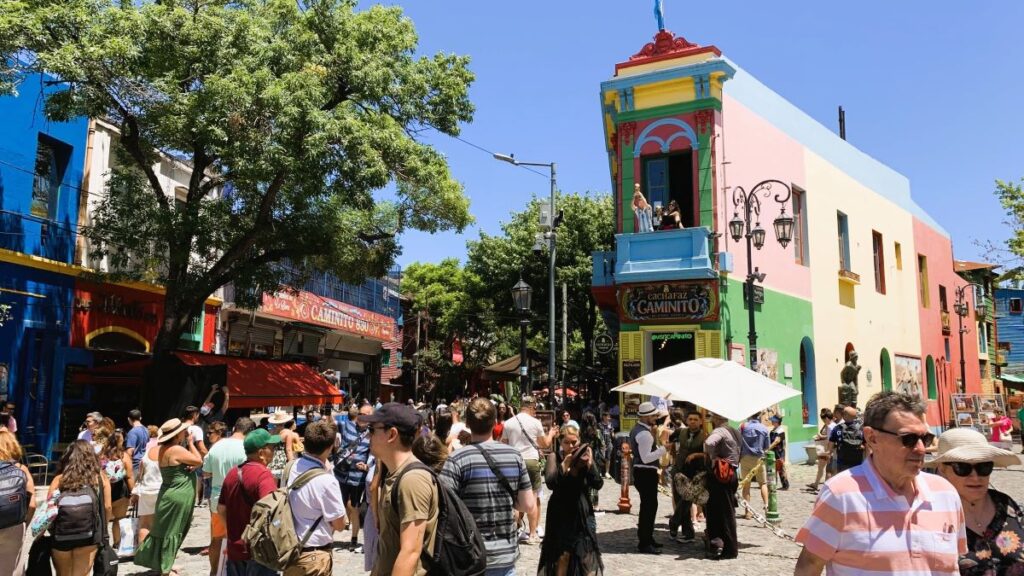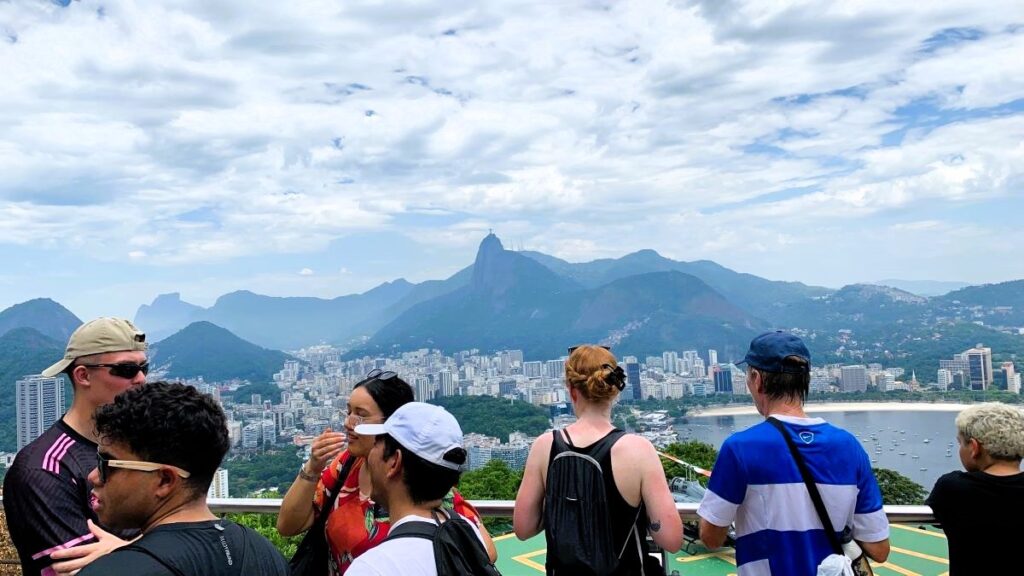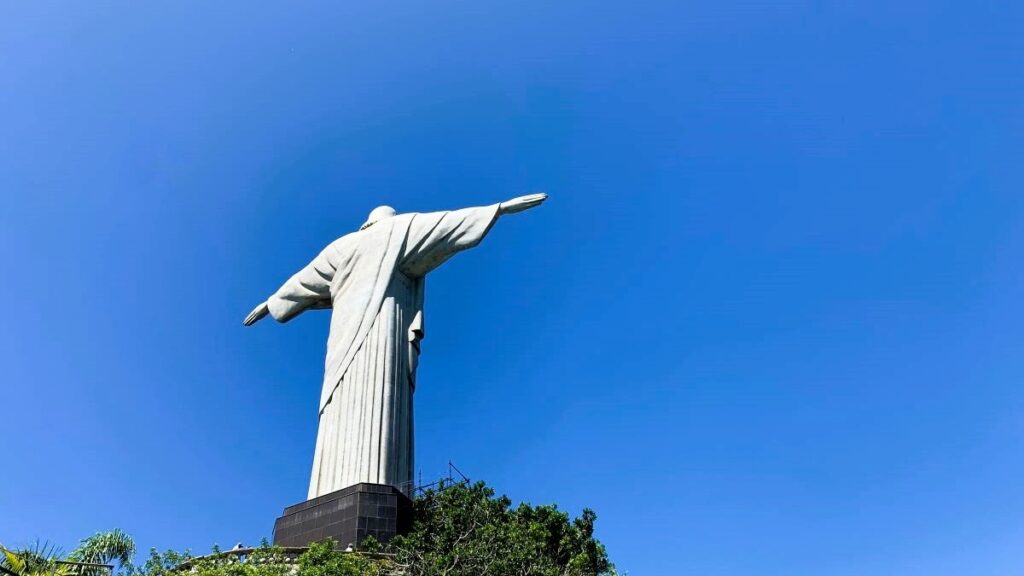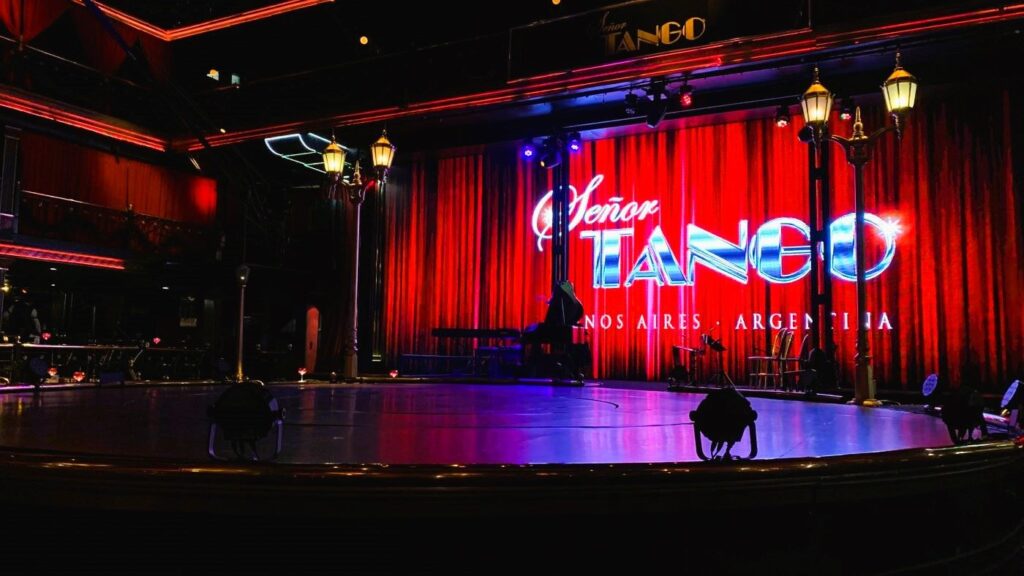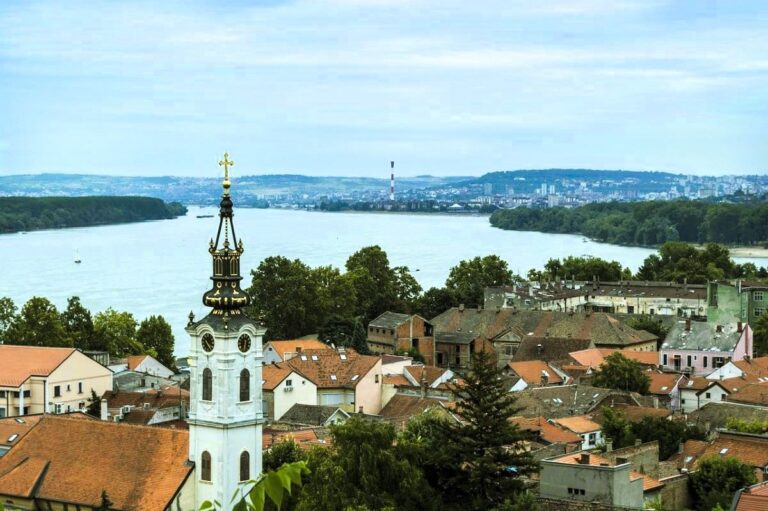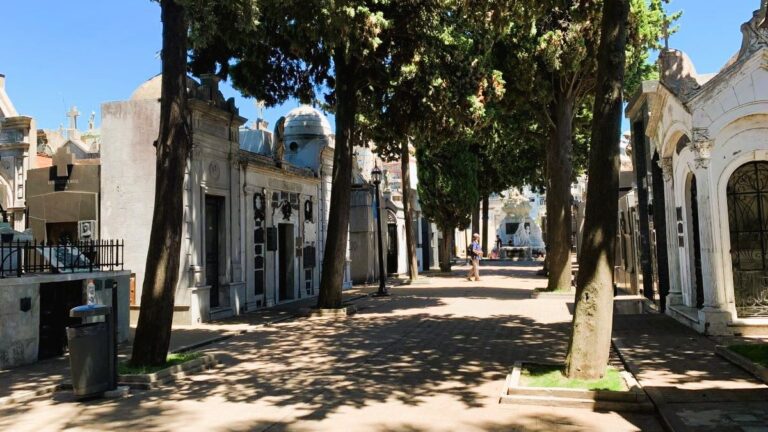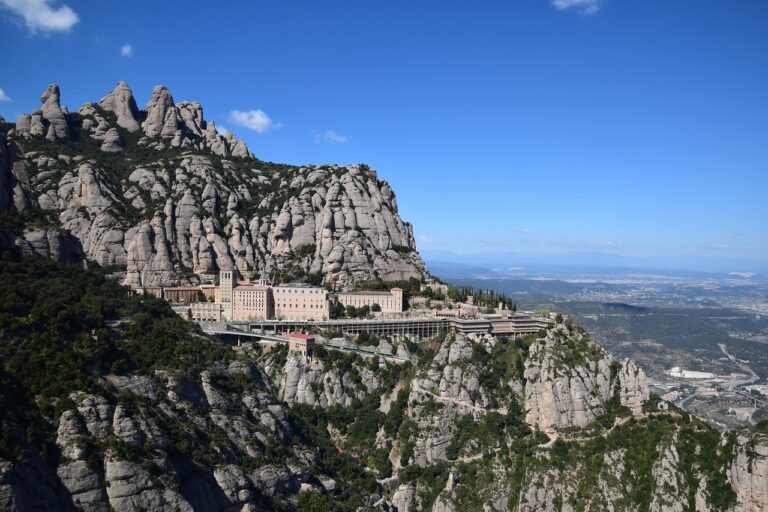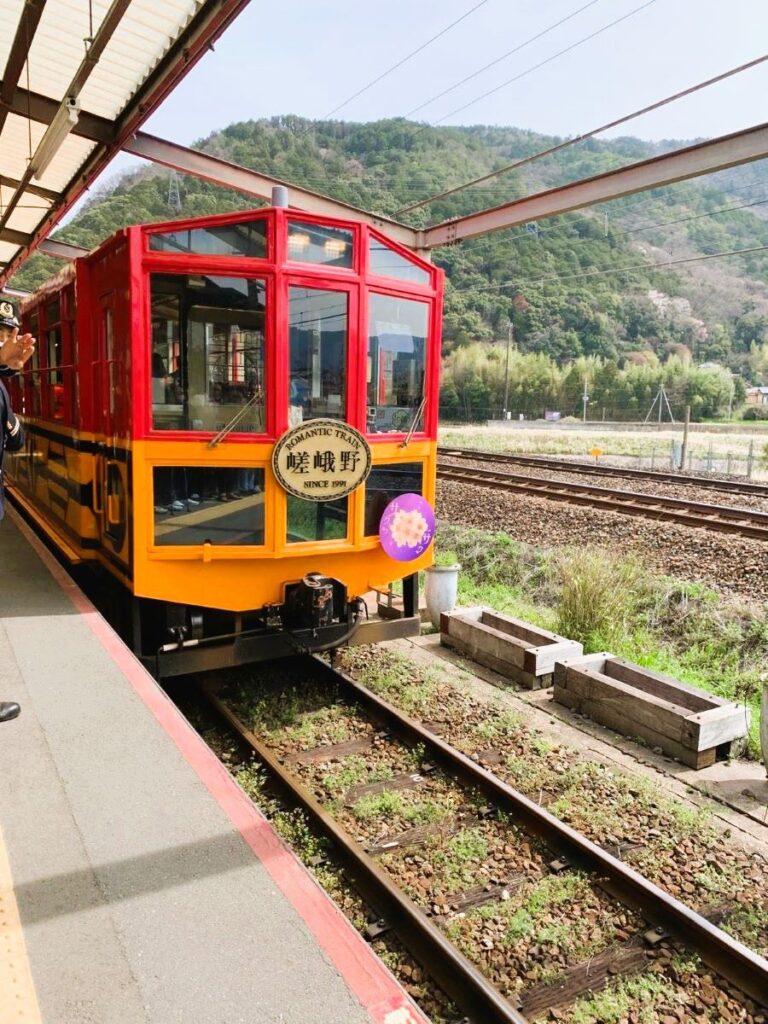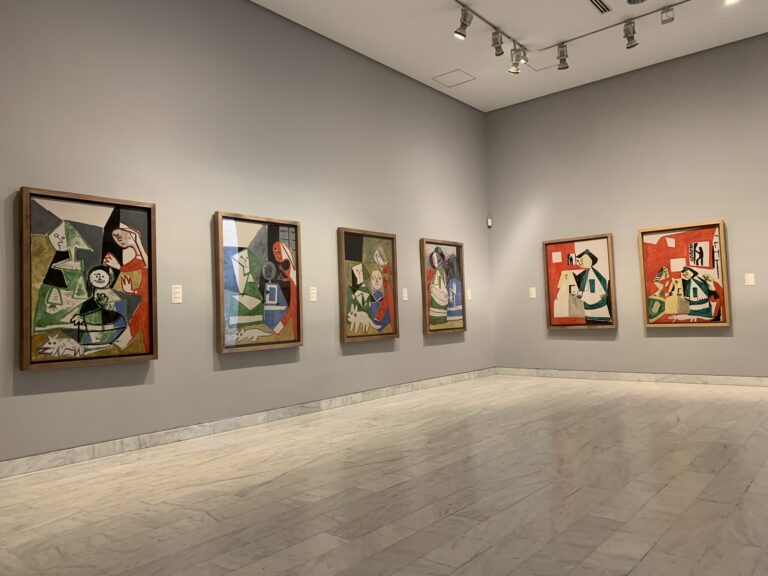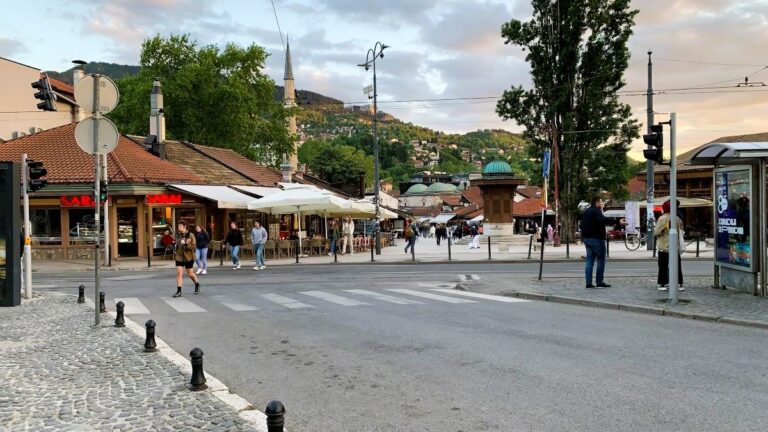Argentina Travel Guide 2025: Essential Tips for Visiting Cities, Landscapes, and Culture

Argentina packs more adventure, color, and tradition into one country than you can imagine. From the lively streets of Buenos Aires to the wild peaks of Patagonia, this Argentina travel guide will help you explore beautiful cities, stunning national parks, and a deep-rooted culture that you’ll find everywhere—from food and festivals to warm local greetings.
In this guide… We’ll cover tips on entry requirements, currency, weather, must-see places, how to get around, and how to truly enjoy Argentina’s blend of old and new. Whether you’re drawn by waterfalls, glaciers, wine country, or street art, you’ll find the key details to make the most of your trip.
Related Posts:
Entry Requirements for Argentina
Argentina welcomes tourists with a few straightforward travel rules. The process may seem daunting at first, but it’s easy to navigate for most travelers. Understanding entry requirements will help you plan your trip and avoid any surprises at the border.
Passport Validity
Always make sure your passport is up to date before you travel. Argentina requires that your passport remain valid for the length of your stay, but some airlines recommend at least six months’ validity to play it safe. You’ll need at least one blank page for entry and exit stamps. For the latest rules on passports, check the official guidance at the U.S. Department of State’s page on Argentina International Travel Information. Or if you’re a Canadian, visit Argentina Advice page on the Government of Canada website.
Visa Policy for Tourists
Tourists from over 120 countries, including the United States, Canada, United Kingdom, and most of Europe, do not need a visa for visits up to 90 days. This visa waiver lets you enjoy Argentina’s sights without extra paperwork. However, travelers from certain countries will need to apply for a tourist visa before arrival.
If you’re unsure, you can check if your nationality is on the visa-free list at this helpful guide: Argentina Visa: Who Needs to Apply for Tourism Travel.
When a visa is required, be prepared with:
- A passport valid for at least six months at entry.
- At least two blank pages in your passport.
- Recent passport photos.
- Proof of travel plans and accommodation.
- Completed visa application forms.
Read the full tourist visa process, documents, and fees on the official Argentina Tourist Visa portal.
Entry Procedures on Arrival
When you land, immigration authorities will review your documents and ask about your travel plans. Most tourists entering for leisure can expect a quick stamp that marks the start of your 90-day allowance. Officials may ask for proof of onward or return travel, and sometimes evidence of booked accommodation.
Here’s a quick summary of what you might need to show:
- Passport with required validity
- Proof of return or onward travel (flight tickets)
- Booking confirmation for accommodation
There are no regular entry taxes for tourists as of 2025, but always double-check airline rules and recent government updates before departure.
Health and Safety Protocols
As of early 2025, Argentina has lifted most pandemic-era entry restrictions. Proof of vaccination and negative COVID-19 tests are no longer required for most visitors, but it’s smart to check for updates close to your travel date.
Travel insurance with health coverage is highly recommended—even if not required—since unexpected emergencies can happen.
With these entry requirements in mind, you’re better equipped to plan your trip and focus on the exciting adventures that await.
Managing Money and Currency Exchange
The country uses the Argentine peso (ARS), and staying ahead of currency changes is just as important as mapping out your travel itinerary.
Local Currency and Payment Basics
Cash is still a big deal in Argentina. You’ll need pesos for public transport, local cafes, open-air markets, and some small shops. Credit cards work in larger places, but never everywhere. ATMs are easy to find, especially in cities, but they often charge high fees and may run out of cash during busy times.
Keep some pesos handy at all times, especially when traveling outside major cities. Most businesses will display prices in ARS. Apps like XE are useful to check the exchange rate and avoid confusion.
Inflation in Argentina
Argentina is experiencing a notable shift in its economic landscape, particularly concerning inflation and currency exchange rates.
Argentina’s inflation has significantly decreased from its peak levels. In February 2025, when we were there, the annual inflation rate stood at 66.9%, a substantial drop from the nearly 300% observed in early 2024. Monthly inflation rates have stabilized around 2.4% in recent months.
This improvement is attributed to the government’s stringent fiscal policies under President Javier Milei, including austerity measures and a commitment to a zero-deficit approach. Analysts project that inflation may further decline to approximately 23.3% by the end of 2025.
In a significant policy shift, the Argentine government has recently relaxed long-standing currency controls, allowing the peso to float within a managed band between 1,000 and 1,400 pesos per U.S. dollar.
Following this change, the official exchange rate experienced volatility but has shown signs of stabilization. As of mid-April 2025, the peso traded at approximately 1,125 per U.S. dollar, recovering from an initial sharp decline.
Best Ways To Change Your Money
Get familiar with the best ways to change your money, as rates can vary a lot depending on where and how you swap your cash. Using official banks and currency exchange offices (called “casas de cambio”) is safest but can mean less favorable rates.
Your port of entry, most likely, will be EZEIZA airport in Buenos Aires. There’s a Banco Nacion located to the right side as you come out of customs. They have decent rates. It’s best to change your money here. That’s what we did. It’s easy and hassle-free.
There is also an informal market, sometimes called the “blue dollar,” where exchange rates are better but come with legal and safety risks. If you’re curious about these local quirks, check this recent Reddit thread: Changing money in Argentina for dummies.
Top Money Tips for Tourists
It helps to stay prepared. Here are some key points to manage your budget smoothly in Argentina:
- Split your money: Keep small amounts of cash in different spots (wallet, locked bag, hotel safe). If something gets lost, you won’t lose everything.
- Try to avoid exchanging large sums at once. Spread out transactions so you’re not carrying too much cash.
- Save ATM withdrawals for emergencies if possible. Fees add up quickly.
- Keep an eye on the official and informal exchange rates—knowing both helps stretch your cash further.
Making Cards Work for You
Debit and credit cards are standard in chain stores and mid- to high-end restaurants, but smaller places might only accept cash. Always let your bank know you’ll be in Argentina before you travel. This prevents your card from getting blocked. Some banks automatically block international ATM use, so check in advance.
If you’re staying a while, ask your accommodation about card-friendly places nearby.
Quick Checklist for a Smooth Trip
Packing the right financial tools helps you sidestep most issues. Make your visit easier by following this simple checklist:
- Bring a mix of US dollars and your home currency for better exchange options.
- Download a currency converter app.
- Notify your bank about your travel dates.
- Carry a backup credit or debit card.
- Don’t rely only on cards, especially in rural areas.
Being smart with your cash and cards means you can enjoy more of what Argentina has to offer—great food, local experiences, and those one-of-a-kind moments the country is famous for. The currency may change, but good planning always pays off when following any Argentina travel guide.
Weather and Best Times to Visit
Planning a trip with the help of any strong Argentina travel guide starts with knowing when to go. Argentina’s weather swings dramatically from north to south, so the best time depends on where your adventure takes you. From city strolls in Buenos Aires to mountain treks in Patagonia, each season brings its own charm—and a few surprises.
Climate by Region: Weather Snapshots from North to South
Argentina stretches over 2,300 miles from top to bottom, packing in everything from subtropical jungles to icy peaks. Here’s what you can expect in the country’s favorite tourist regions:
Buenos Aires & Pampas
The capital and its surrounding Pampas enjoy four true seasons. Summers (December to February) heat up, with temperatures around 80–90°F (27–32°C), and thunderstorms aren’t rare. Winters (June to August) cool down to about 50°F (10°C), with clear, brisk days—perfect for walking the city’s parks and cafe-lined streets. Spring (September to November) has mild weather, making it a great time for sightseeing and outdoor events. Many guides, such as Travel + Leisure’s best time to visit Argentina, highlight spring and fall for pleasant weather and fewer crowds.
Northern Argentina
Northern towns like Salta and the breathtaking Jujuy region are warm most of the year. Summers often spike over 90°F (32°C) and bring short, heavy afternoon rains—great for seeing lush landscapes but not for hiking. Winters are dry, sunny, and comfortably warm during the day, but nights get chilly, especially in higher altitudes. Late spring and autumn see less rain and mild temperatures—the sweet spot for exploring colorful valleys and local markets.
Patagonia
Patagonia is wild and dramatic, but weather changes fast. Summer (December to February) is prime time for hiking, wildlife watching, and visiting glaciers, with daytime highs between 60–70°F (15–21°C). Winds are strong but manageable. The rest of the year is chilly, and from May to August, many towns and treks close due to snow. Visiting in early fall (March) still offers colorful foliage and smaller crowds, but pack layers.
Andean Northwest
Places like Mendoza and the wine regions see hot, dry summers and cooler, windy winters. Harvest time (late February to April) brings perfect weather for sipping Malbec in the sun. Winters are cold but mostly dry, and the clear skies show off the Andes in sharp detail.
For specific weather charts and tips by region, check this detailed Argentina climate guide.
Seasonal Festivals and Events
Argentina’s calendar is packed with colorful festivals that can add something special to your trip if you time it right.
- Carnival (Feb/March): Expect parades, music, and all-night dancing during Carnival, especially in Corrientes and the northern provinces. Towns burst into color with costumes and celebrations.
- Tango Buenos Aires Festival (usually in August): Buenos Aires becomes a stage, with free workshops, performances, and milongas. Dancers and fans from around the world fill theaters and plazas.
- Vendimia Grape Harvest Festival (late Feb/early March): Mendoza celebrates its wine roots with grape-stomping, music, and a huge parade. It’s the perfect time for wine lovers to explore vineyards and enjoy local traditions.
Other standouts throughout the year include folk festivals, major soccer matches, and local celebrations—each offering a real taste of Argentine culture.
For a bigger list and exact dates, you can check out this guide to Argentina’s main festivals or browse through 14 of the most famous Argentinian festivals. Planning your trip around these can completely change your experience—sometimes the party is the main event.
Weather and festivals together shape the best moments in Argentina—choose the right mix, and your trip will become a story worth sharing.
Top Cities and Must-See Places in Argentina
Argentina mixes vibrant city life, historic towns, and jaw-dropping scenery. Every traveler finds something to love. Whether you want the buzz of street art and tango in Buenos Aires or the wild beauty of Patagonia, the list of must-see places never disappoints. Here’s where to start and what you shouldn’t miss.
Buenos Aires: The Cultural Capital
Buenos Aires pulses with an energy that’s hard to match. Each neighborhood, or barrio, has a different feel:
- San Telmo: Cobblestone streets, antiques, bustling markets, and classic tango shows.
- La Boca: Rainbow-colored houses and street art. The famous Caminito hosts dancers and craft vendors.
- Palermo: Trendy cafes, bars, boutiques, and sprawling parks. Palermo Soho is perfect for people-watching and brunch.
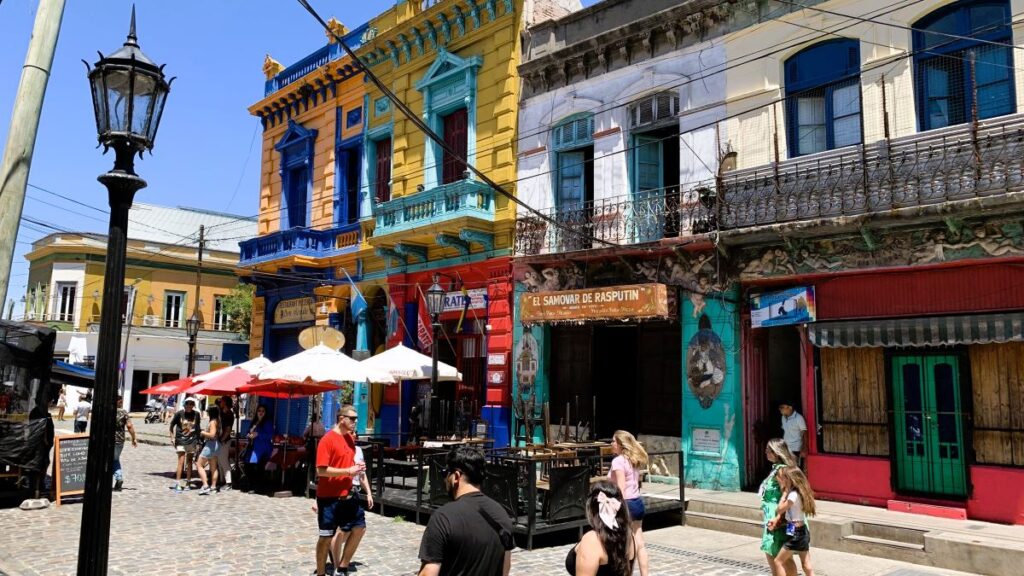
Day or night, the city’s spirit draws you in. Food is central—try beefy asado grills, homemade pastas, and empanadas. Don’t miss a real parrilla (Argentine BBQ) for smoky flavors you won’t forget.
At sundown, the nightlife jumps to life. Sip Malbec in a wine bar, cheer at a local soccer match, or dance until sunrise at a milonga (tango club). The city doesn’t sleep, so you set the pace. Top experiences include touring the grand Teatro Colón, biking in the Reserve Ecological, or joining a free walking tour to soak in the history and street art.
Natural Wonders: Patagonia, Iguazú Falls, and More
Argentina is a dream for nature lovers. From blazing waterfalls to icy glaciers, its wild areas are world-famous.
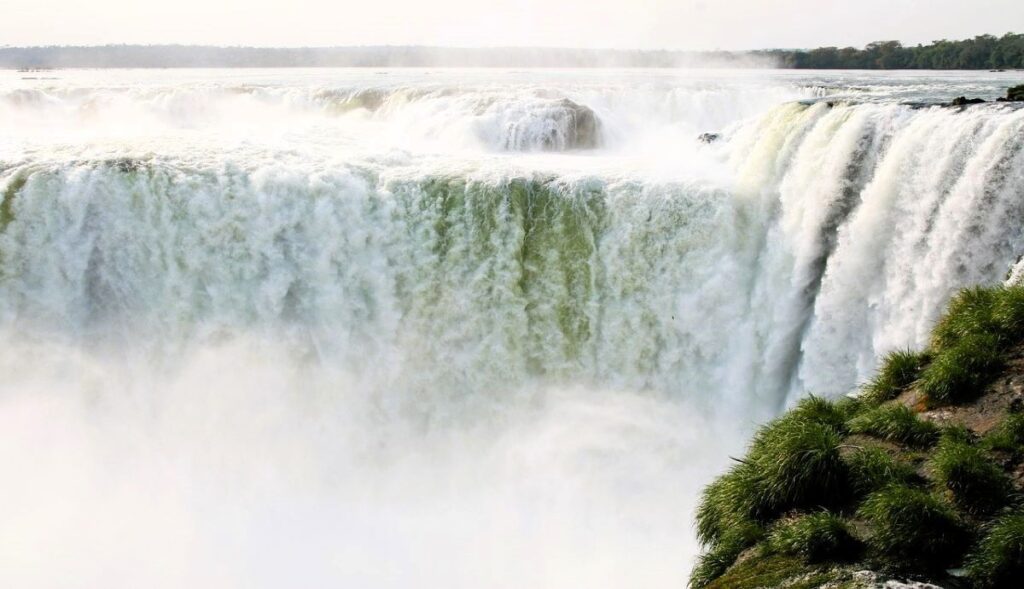
- Patagonia: Trek in Bariloche’s alpine lakes or gaze up at Fitz Roy’s peaks near El Chaltén. Glacier lovers head to El Calafate to see the mighty Perito Moreno Glacier.
- Iguazú Falls: Bordering Brazil, these epic waterfalls thunder through lush rainforests—take a boat ride for an up-close soak.
- The Lake District: Around Bariloche you’ll find blue lakes, snowy mountains, and cozy lodges, perfect for hiking or relaxing with hot chocolate.
Wildlife-spotting can be just as thrilling:
- Spot guanacos (wild llamas) and condors in Patagonia.
- Watch penguins waddle at Punta Tombo from October to March.
- In the Northeast, spy toucans and monkeys around Iguazú’s jungle trails.
Top adventure activities:
- Hiking and camping in the Andes
- Glacier trekking in Los Glaciares National Park
- Sailing or kayaking in the Lake District
For even more natural wonders and adventure ideas, check out 7 incredible places to visit in Argentina.
Wine Country and Historic Towns
Argentina’s heart beats in its vineyards and old cities. Mendoza shines as the wine capital. Here you can bike between bodegas, sample red Malbecs, and take in sunset views of the Andes.
Visiting local vineyards is a must for food and wine fans—many offer tastings and relaxed outdoor lunches.
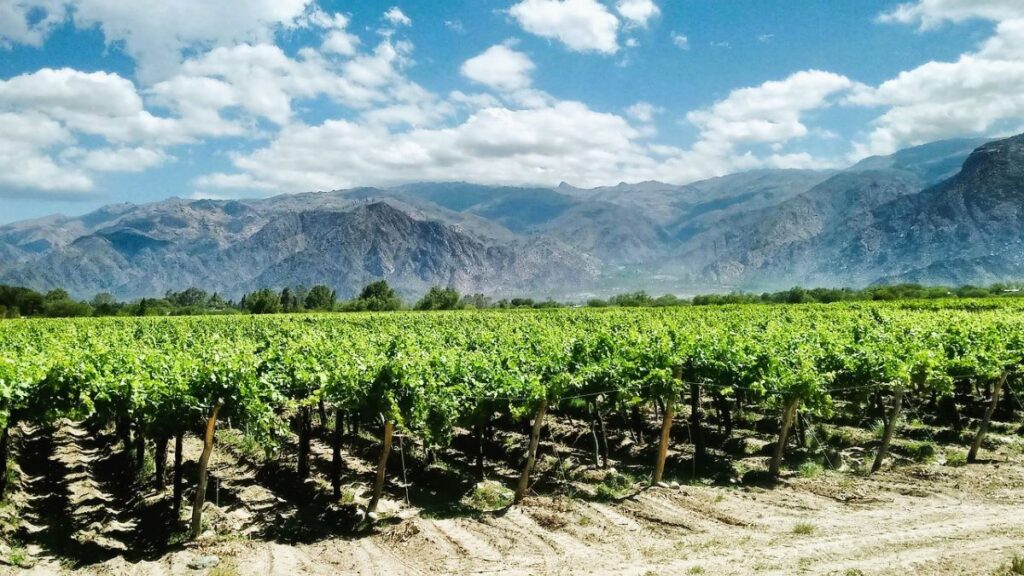
Salta, in the north, mixes colonial plazas with Andean culture. Its whitewashed churches, lively markets, and nearby red mountains create a scenic tour. Salta is also great for trying regional wines like Torrontés, and dishes flavored with native herbs.
Córdoba gives you a different slice of Argentina—full of student energy, historic Jesuit buildings, and artsy cafes. The city’s Old Town is packed with museums and cathedrals, and you can spend a day exploring the hills and villages of the Sierras around it.
Take inspiration from this visitor guide to places to visit in Argentina for even more ideas across Mendoza, Salta, Córdoba, and beyond.
Argentina truly has something for every traveler—from buzzing city streets and dance halls to wide-open wilderness, waterfalls, and vineyards you’ll remember long after your trip.
Language, Culture, and Etiquette Tips
Getting the most out of any Argentina travel guide means feeling comfortable with the local customs. The way people talk, the rhythm of life, and small things like how to order coffee all add up to a real travel experience.
No matter where you roam—from city squares to village shops—these tips will help you connect with locals, avoid awkward moments, and enjoy the friendly spirit Argentina is known for.
Spanish Essentials and Local Lingo
Spanish—called castellano in Argentina—is the main language everywhere. Even basic greetings go far. Don’t stress about speaking perfectly; Argentines appreciate any effort. If you know a few words, use them with confidence and a smile.
- Key phrases to know:
- “Hola” (Hello)
- “Por favor” (Please)
- “Gracias” (Thank you)
- “Disculpe” (Excuse me)
- “¿Cuánto cuesta?” (How much does it cost?)
Their accent is unique—“ll” and “y” sound like “sh” (“me llamo” often sounds like “me shamo”). Locals might speak fast or use slang called “lunfardo.” Don’t worry if you miss a word; most will slow down or repeat if you ask politely.
Try a language app before your trip or check pocket phrasebooks. It helps in cafes, taxis, and markets where English isn’t common.
For more language pointers and cultural basics, the Argentina – Language, Culture, Customs and Etiquette guide is helpful for tourists.
Social Customs and Daily Interactions
Argentines are warm, expressive, and love conversation. They greet with a kiss on the right cheek—even for new friends. It’s gentler than it sounds and normal for both genders. A brisk handshake is okay in formal settings, but a kiss is more common among friends and casual meetings.
- When meeting someone: Say hello with a kiss, direct eye contact, and a smile.
- Personal space: Argentines stand closer and touch more during conversations. Don’t step back or stiffen up—it’s friendly, not pushy.
- Punctuality: Arriving a bit late (10-15 minutes) is normal for social events. For tours or business, arrive on time.
People use first names quickly, so don’t be surprised if your barista, host, or taxi driver addresses you informally.
For more tips on how to blend in and what to avoid, see Cultural Dos and Don’ts for Traveling to Argentina.
Table Manners and Eating Out
Eating together is a big part of daily life. Whether you’re having a coffee, a steak, or an empanada, certain habits stand out:
- Wait for everyone to be served before eating.
- Keep hands above the table (but not elbows).
- Pizza is eaten with a knife and fork, not hands.
- It’s polite to try every dish offered at someone’s home.
Argentines usually eat dinner late—often 9 p.m. or later. Lunch is the largest meal, commonly served from 12:30 to 2:30 p.m. If invited for mate (traditional tea), accept with thanks and sip from the same cup as everyone else. Refusing mate can seem rude; passing the cup back without drinking means you’re done.
Restaurants may add a small charge for bread and table service, called “cubierto.” Tipping 10% in cash is expected, not added to the bill.
See more practical habits and food-related etiquette at this little etiquette guide before going to Argentina.
Dress and Personal Appearance
Style matters in Argentina. People dress smartly in cities—think neat jeans, dresses, or simple button-down shirts. Even casual looks are polished. When visiting churches or more formal venues, cover shoulders and knees.
Pack neat, simple clothing and avoid shorts or flip-flops when dining in nicer places or going out at night. Weather can change fast, so always bring a layer just in case.
Argentina’s language, gestures, and daily practices can feel different, but with these tips, your trip will be smoother and more fun. Try these customs with confidence; you’ll find locals happy to meet you halfway.
Transportation Options and Getting Around
Argentina is a massive country, stretching from the tropics to the edge of Antarctica. Traveling across its diverse regions is part of the adventure in any Argentina travel guide. The right transport lets you maximize your time—whether you stick to city streets, race along highways, or soar over the Andes. Here’s what to know about getting around, with a mix of practical tips and simple choices.

Domestic Flights: Fastest for Long Distances
Argentina is bigger than most expect. Flying is often the easiest way to jump between main regions, especially if your time is limited. Major airlines like Aerolíneas Argentinas and low-cost carriers connect big cities and tourist towns. Busy airports are in Buenos Aires, Mendoza, Bariloche, Iguazú, Salta, Córdoba, and Ushuaia.
Flights save hours or even days compared to overland travel. Watch for special fares by booking early. Some budget airlines may only show prices in pesos on their sites—keep an eye on rates and baggage fees. For the best advice and many practical tips, see the guide on how to get around in Argentina: be ready for some epic journeys.
Long-Distance Buses: Comfort and Scenery
Buses are a staple in every Argentina travel guide. They’re reliable, safe, and more comfortable than most expect. Overnight “cama” (bed-seat) buses offer meals, big seats, and windows perfect for seeing the countryside roll by. Bus stations are in every city and town; buy tickets online, at the terminal, or at many travel agencies.
Some perks of long-distance buses:
- Frequent departures between most big cities and tourist destinations
- Classes ranging from basic to luxury “cama suite” options
- Luggage handled for you, reserved seating
- Less strict on baggage than airlines
Book ahead for holidays, weekends, or busy routes such as Buenos Aires–Bariloche or Salta–Iguazú. Major operators include Andesmar, Via Bariloche, and Flecha Bus.
Trains: Limited but Scenic
Argentina was once famous for its trains, but now routes are limited. Still, taking a train can add local flavor, especially around Buenos Aires. The Retiro and Constitución stations run suburban lines. Some longer trains reach cities like Rosario, Mar del Plata, and Córdoba, but rides are slower than taking the bus or plane.
Use the train for a unique, slow-paced trip within certain regions. Schedules can change, so check current times close to your travel date.
For a deep-dive into buses, trains, and public transport, take a look at the overview on Transport and Driving in Argentina.
Rental Cars and Driving: Freedom for Explorers
Renting a car is the best option for travelers who want to reach remote towns, mountain valleys, or hidden wine regions. Roads are in good shape around major destinations. In Patagonia, driving feels wide-open and wild, but weather and distances change fast.
Tips for driving in Argentina:
- Be ready for long stretches between gas stations in rural areas.
- Always keep your ID, passport copy, and rental papers with you.
- Ask your rental agency about tolls, insurance, and rules for border crossings if driving to Chile.
City driving is hectic in Buenos Aires and not recommended for visitors unused to busy traffic. Streets are narrow and parking is scarce.
For tips on planning routes by car, bus, or plane, this guide to transport in Argentina is practical for tourists.
Public Transport in Cities: Buses, Subways, and Taxis
Argentina’s cities have strong public transit. Buenos Aires leads with its “Subte” subway and extensive bus grid (called colectivos). Get a rechargeable SUBE card for easy access to metros, buses, and suburban trains. Other cities, like Córdoba, Rosario, and Mendoza, run good local bus networks.
City taxis are plentiful and safe. In Buenos Aires, you can hail a black-and-yellow cab on the street or use apps like Cabify. Always check that the meter is running. Rideshare options, such as Uber, work in many urban areas, sometimes operating slightly differently than tourists might expect.
Biking and Walking: Up-Close Adventures
Many cities, especially Buenos Aires and Mendoza, have bike lanes and public bike-share systems. Biking is a fun, green way to see parks, riverfronts, and main squares.
Walking remains the best way to enjoy historic neighborhoods, markets, and plazas. If you prefer a slower pace, Argentina’s charming streets reveal small details you might miss from a bus or car.
Getting around Argentina is part of the journey. With a little planning, the country’s flights, buses, and trains will help you reach the wildest rivers, tallest peaks, and liveliest city corners. Every good Argentina travel guide keeps these options simple for travelers—you’ll cover more ground and gather more stories with each new ride.
Conclusion
Argentina offers a rare mix of city energy, natural wonders, and deep traditions— all in a country that’s easy to explore with the right plan.
Whether you choose the buzz of Buenos Aires, wild Patagonia, or the warmth of Mendoza’s vineyards, every place promises something fresh and memorable.
This Argentina travel guide gives you the tools to travel smart: from entry requirements to the best ways to get around, manage money, and fit in with local culture. Safe choices and practical tips let you focus on the wine, great food, stunning views, and the friendly locals that make Argentina stand out.
Keep this guide close as you plan your trip. Share your questions, tips, or Argentina stories in the comments to help fellow travelers and keep our advice up to date.
Your adventures can inspire others to discover the magic Argentina holds—thanks for reading and buen viaje!

